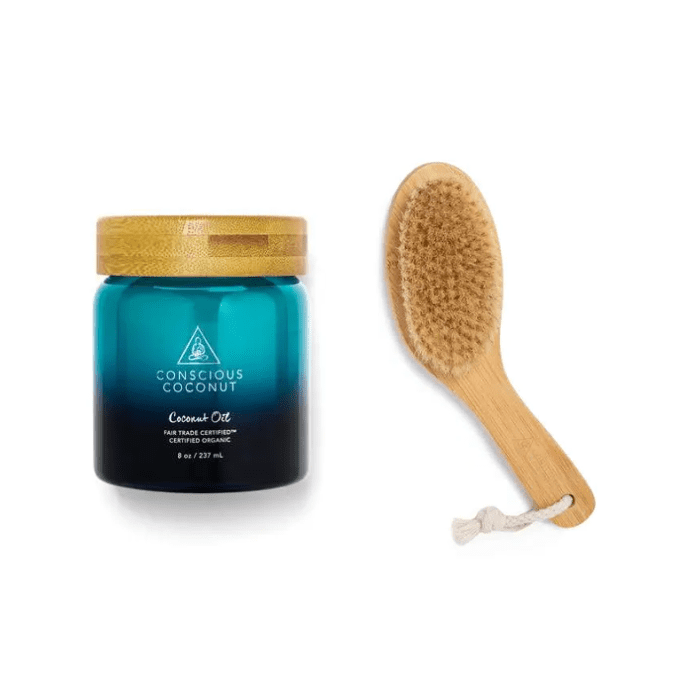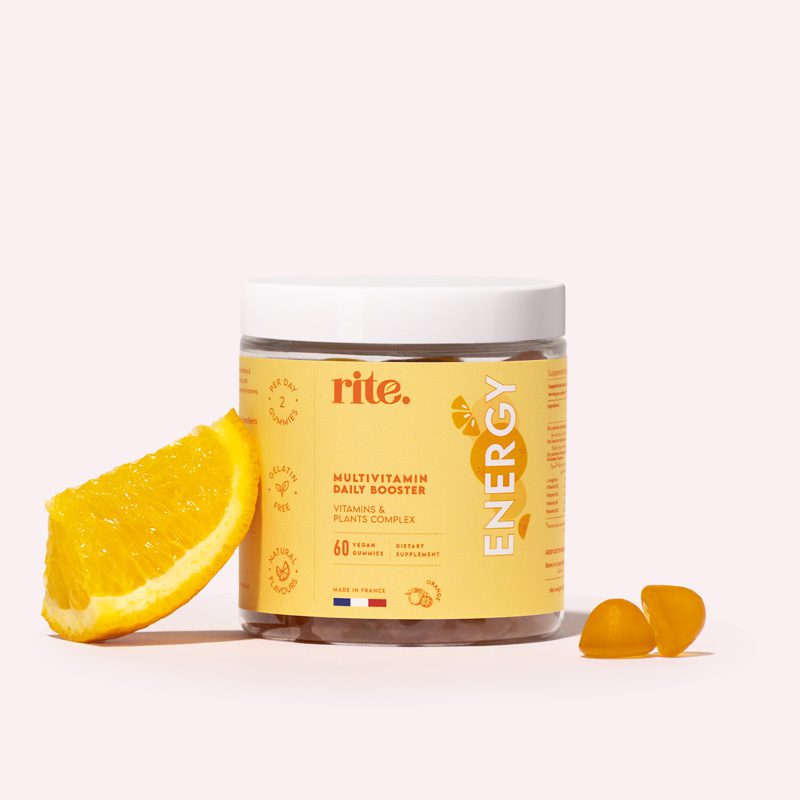How CM-Glucan Enhances the Skin’s Immune Response


What is Glucan?
Glucan, which is a component of the cell wall, can be sourced from a range of organisms, including baker’s yeast. It also comes from bacteria, fungus and cereal, with each variant having a different structure and different physiological function. Generally, glucans are modulators of the immune system, activating the cells that are responsible for wound repair. To ensure that it is water soluble, when added to cosmetic products it is in its carboxymethylated (CM-) form.
The skin serves an important function, not only in providing a physical barrier against harmful pathogens, but also by playing an active role in the body’s immune response to damaging stimuli. If the skin’s surface is damaged or aggravated, its resident immune cells will respond, triggering a specific mechanism that will help to regulate the healing process. Phagocytes are specialised cells that have the ability to engulf (or phagocytose) harmful agents, such as bacteria. They also help in the resolution of inflammation, promoting wound repair.
As the first point of contact for many infectious agents and irritants, the skin is highly susceptible to damage, and subsequent immune activation. It also serves as a useful visual tool for the identification of underlying health problems.
Visit our Nabta shop and get yourself a sustainable pack and multivitamin Booster.
For a detailed review of conditions that affect the skin, click here.
How does CM-glucan enhance the skin’s naturally occurring immune response?
The human immune system is a complex and multi-factorial machine which is activated and inhibited according to the stimuli and stresses that a body undergoes. The ideal condition is one where the body reaches equilibrium after a burst of stimulation. Taking the skin as an example, a balanced immune response must be instigated for equilibrium and adequate tissue repair after injury or infection.
As a rule of thumb, bacteria, yeast and viruses activate the part of the immune system which suppresses allergic-like responses. These responses, also known as skin sensitization, happen when the skin is exposed to irritants, resulting in the activation of an alternate immune response, which leads to allergies and hypersensitivity. The most common sign of hypersensitivity is atopic dermatitis, or eczema, which manifests as dry, itchy, uncomfortable skin. Thus, Glucan, as a yeast derivative, plays an important role in rectifying the damage caused by over sensitisation by balancing the immune response and dampening allergy-type reactions.
Glucan can also function in a protective role, exhibiting antimicrobial activity and inhibiting the growth of bacteria, such as Staphylococcus aureus, either directly, or via the recruitment of engulfing macrophages. Those with dry, damaged skin are particularly prone to infections. Glucan is also thought to promote wound repair by enhancing the growth rate of keratinocytes.
When the skin is stressed and the immune system is compromised finding suitable cosmetic products can make a big difference. CM-Glucan, which enhances the immune response and improves the skin barrier function, also protects against free-radical induced damage. Chemotherapy and ionising radiation, two commonly used cancer treatments, both produce excess free radicals. Using products that contain CM-glucan in advance of undergoing treatment might help to reduce the detrimental effects caused by free radical accumulation.
Sources:
- Boniakowski, A E, et al. “Macrophage-Mediated Inflammation in Normal and Diabetic Wound Healing.” Journal of Immunology, vol. 199, no. 1, 1 July 2017, pp. 17–24., doi:10.4049/jimmunol.1700223.
- Majtan, J, and M Jesenak. “β-Glucans: Multi-Functional Modulator of Wound Healing.” Molecules, vol. 23, no. 4, 1 Apr. 2018, p. 806., doi:10.3390/molecules23040806.
- Seo, G, et al. “The Wound Healing Effect of Four Types of Beta-Glucan.” Applied Biological Chemistry, vol. 62, no. 20, 6 Apr. 2019, doi:10.1186/s13765-019-0428-2.
- Wandrey, F, et al. “Rebalancing the Th1 / Th2 Immune Response in Atopic Skin with Magnesium Carboxymethyl Beta-Glucan .” International Federation of Societies of Cosmetic Chemists, vol. 18, no. 4, 2015, Available from https://mibellebiochemistry.com/cm-glucan-forte.
- Zulli, F, et al. “Improving Skin Function with CM-Glucan, a Biological Response Modifier from Yeast.” International Journal of Cosmetic Science, vol. 20, no. 2, Apr. 1998, pp. 79–86., doi:10.1046/j.1467-2494.1998.171740.x.













































